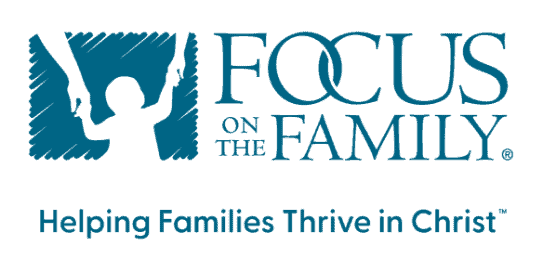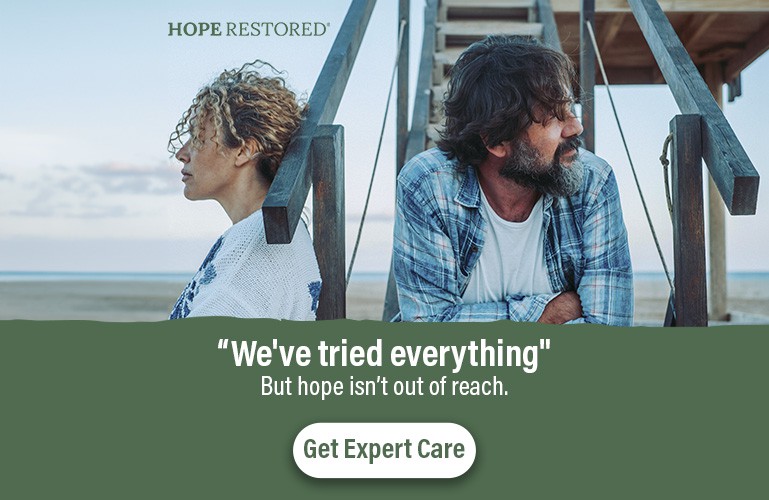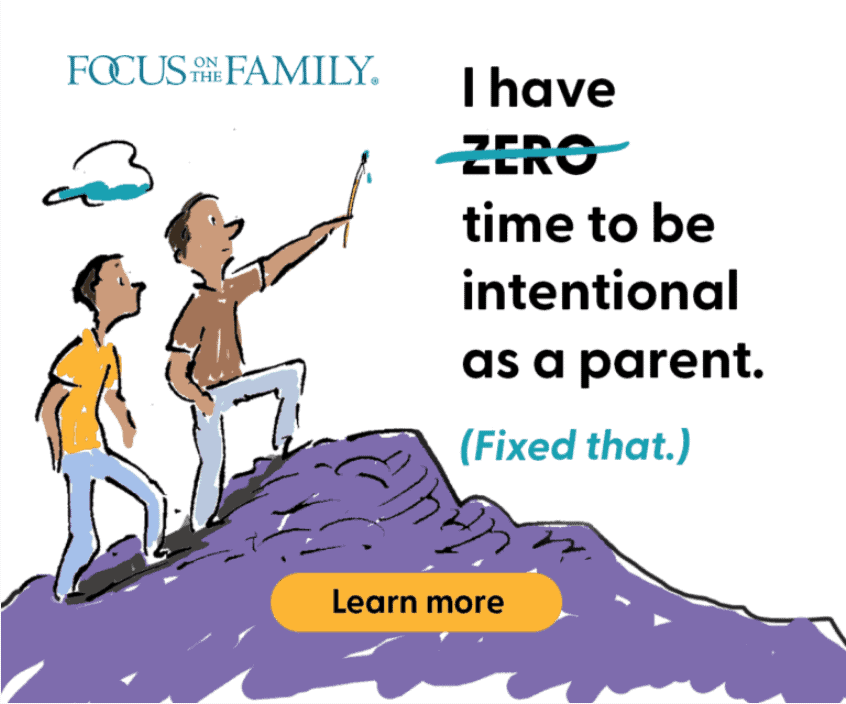In our previous article on four styles of relational interaction, we looked at basic principles of control and responsibility, and how people interact in any given situation: hold, toss, grab, or fold. HOLD and FOLD are healthy choices; TOSS and GRAB are not.
- HOLD: When a person rightly realizes, What’s mine is mine.
- FOLD: When a person rightly realizes, What’s yours is yours.
- TOSS: When a person wrongly thinks, What’s mine is yours.
- GRAB: When a person wrongly thinks, What’s yours is mine.
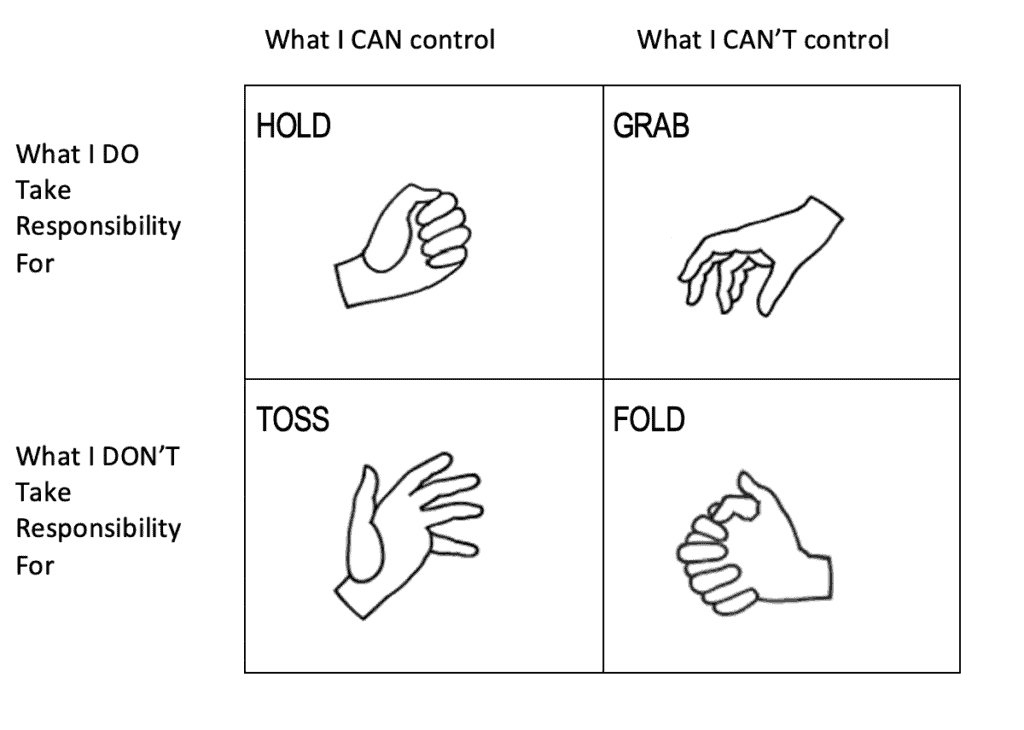
Keep those four styles in mind. Because as you communicate with another person, the relational interaction styles you each use will create a particular dance between the two of you. But be forewarned: Only one dance is healthy. In any other dance, at least one person engages in an unhealthy interaction style that makes the entire dance unhealthy.
While specific situations vary, you’ll quickly see one of four dances emerge:
- HOLD and GRAB: One person wrongly tries to GRAB what the other person legitimately must HOLD.
- TOSS and GRAB:One person wrongly TOSS-es blame, and the other person wrongly GRAB-s (accepts) that blame.
- TOSS and FOLD: One person wrongly tries to TOSS blame. But the other person refuses to GRAB and instead makes the healthy choice to FOLD — to rightly say, with peace and self-control, What’s yours is yours.
- HOLD and FOLD:One person rightly chooses to HOLD what they are responsible for (what’s mine is mine). And the other person rightly chooses to FOLD (what’s yours is yours).
To give an example of each dance, we’ll “listen in” on a real-life situation between Tom and Emily*, who have been married for nine years. Emily recently discovered that Tom is having an affair with a married woman at his workplace.
Dance One: HOLD and GRAB
In this unhealthy interaction, one person wrongly tries to GRAB what the other person must legitimately HOLD.
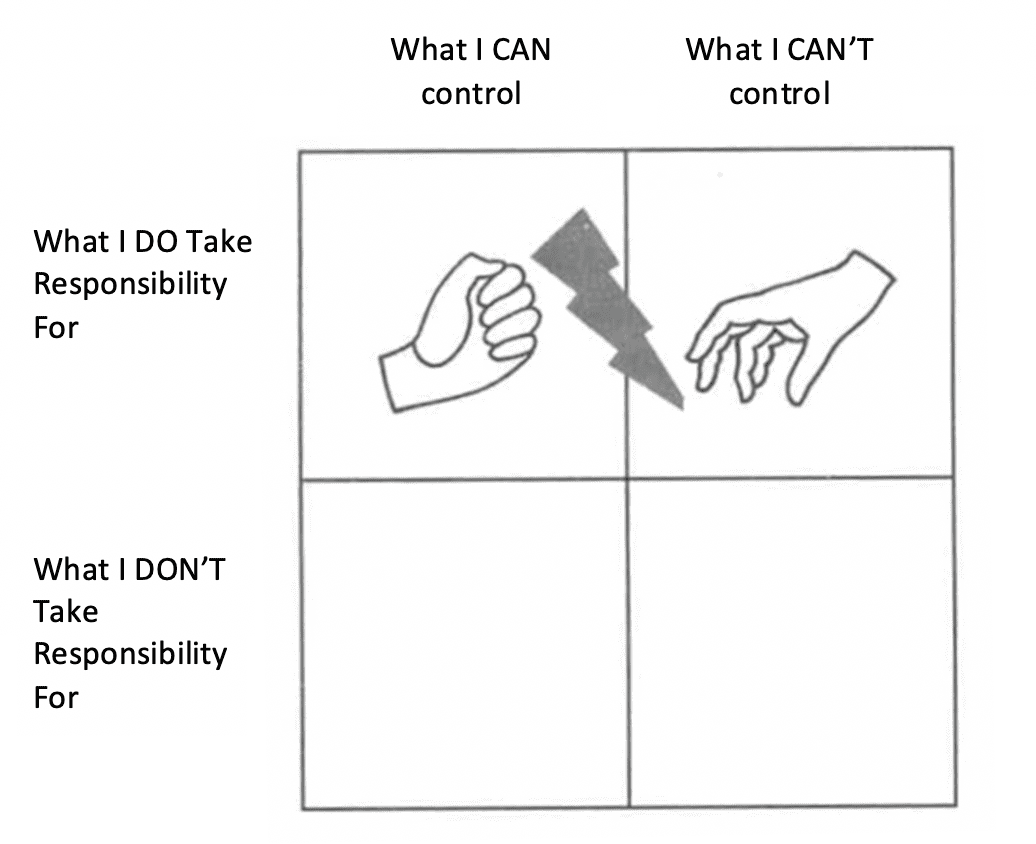
Tom: “Honey, it’s my fault. I need to break off the affair and talk to the pastor to figure out how I got myself into such a bad place."
Emily: “I’m so sorry. I should be a better wife. It’s my fault.”
The good thing here is that Tom is doing his best to take responsibility for his actions. His attitude is, What’s mine is mine. He’s HOLD-ing — he’s owning up to what happened, even if it’s a bit awkward.
Unfortunately, Emily GRAB-s for control and says, in effect, What’s yours is mine. She tries to take responsibility for Tom’s affair. She thinks that, somehow, it’s her fault. However, she’s trying to fix something that’s not hers to fix. This creates tension because she’s trying to GRAB what’s his to HOLD.
There’s a lot of tension in this dance style. And since neither Tom or Emily like tension, Tom changes his interaction style — and Dance Two begins.
Dance Two: TOSS and GRAB
In this unhealthy interaction, one person wrongly TOSS-es blame, and the other person wrongly GRAB-s (accepts) that blame.
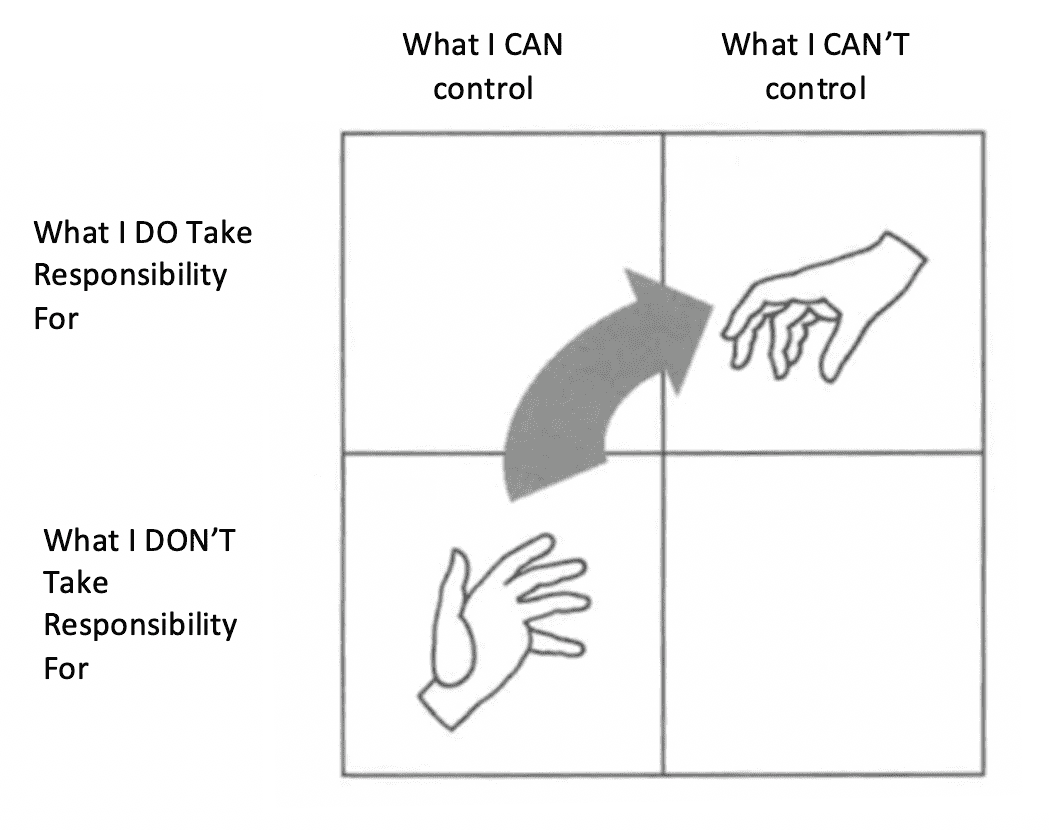
Tom: “You know, I never get any sex from you anymore. I had to look elsewhere. This is your fault.”
Emily: “I’m so sorry. I should be a better wife. It’s my fault.”
Do you hear the blame in Tom’s TOSS? He’s saying, What’s mine is yours.He TOSS-es the responsibility for what was his to control and blames Emily for his actions. And Emily GRAB-s the lie.
Interestingly, as Tom TOSS-es and Emily GRAB-s, the tension between the two of them seems to dissipate. There’s an illusion that all is well — but it’s just an illusion. Yes, the tension might be defused (for now), but both Tom and Emily are using unhealthy interacting styles.
Dance Three: TOSS and FOLD
In this unhealthy interaction, one person again wrongly tries to TOSS blame. But the other person refuses to GRAB and instead makes the healthy choice to FOLD — to rightly say, with peace and self-control, What’s yours is yours.
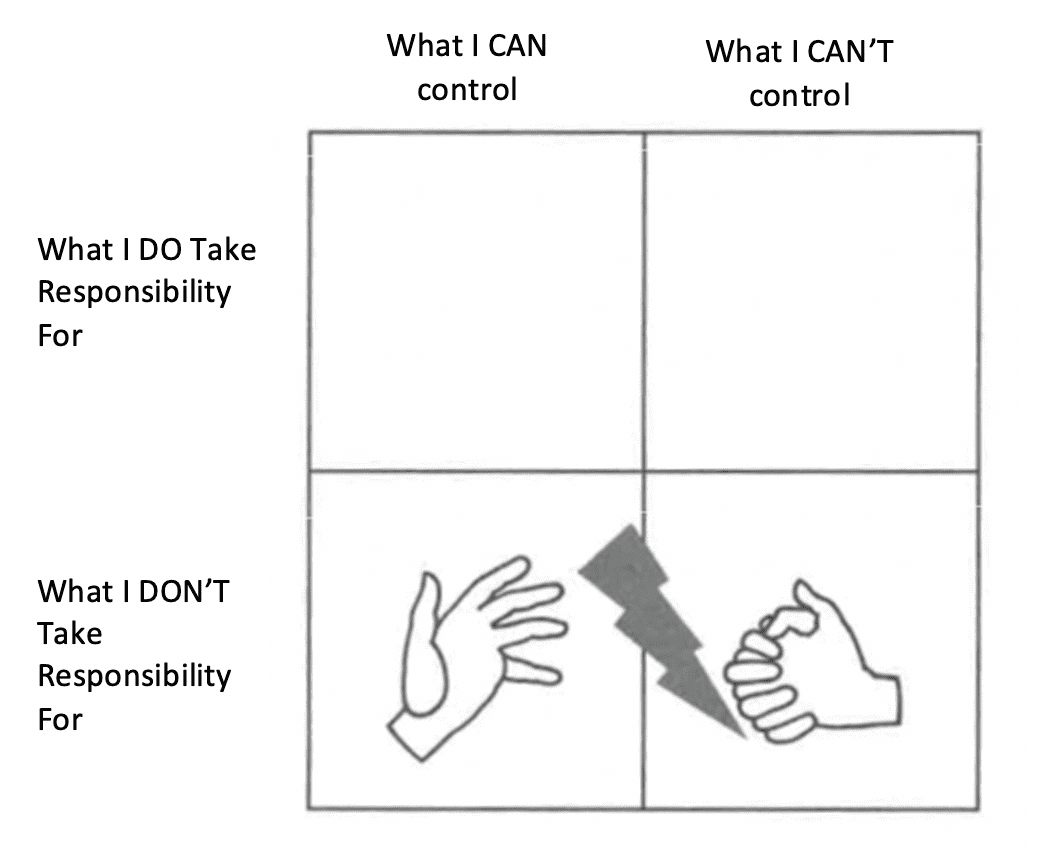
Tom: “You know, I never get any sex from you anymore. I had to look elsewhere. This is your fault.” (still blaming)
Emily: “No, honey; I didn’t make you have that affair. I didn’t crawl into bed with that women. It’s not my fault, it’s yours.”
As you can see, Tom continues to TOSS. He keeps blaming Emily for the affair, basically saying, What’s mine is yours. This time, though, Emily uses the FOLD style of interacting and responds in a way that rightly recognizes, What’s yours is yours.
You can hear the tension rising between them, can’t you? Tom attempts to TOSS, but Emily refuses to GRAB. Emily is interacting in a healthy way — and yet the dance is still unhealthy. Why? Because Tom continues to TOSS.
Let’s stop for a moment to take a closer look at the important principle Emily is using in this dance. You’re probably heard of it: tough love.
The Value of Tough Love
Emily is exercising what’s called tough love. She’s staying strong and FOLD-ed (what’s yours is yours). She rightly rejects the blame for Tom’s affair. She’s learned to establish strong boundaries in their relationship to keep herself emotionally and physically safe.
Anyone can learn and use those skills. When you use tough love by setting firm boundaries, you are interacting in a wise, healthy way. It can be very hard to do with someone you love, but it’s the correct way to treat the other person. You’ll also need to be strong enough to follow through with consequences if or when those boundaries get crossed. (For a closer look at what tough love is all about, read our Q&A “Tough Love in Adult Relationships.”)
Now, the truth is that there’s no guarantee the other person will choose a healthy interacting style of relating with you. It’s up to the other person to change and admit, What’s mine is mine — to choose to HOLD (own up to) what they can control.
However, tough love sets the stage for the one truly healthy dance: HOLD and FOLD.
Dance Four: HOLD and FOLD
In this healthy interaction, one person rightly chooses to HOLD what they are responsible for (what’s mine is mine). And the other person rightly chooses to FOLD (what’s yours is yours).
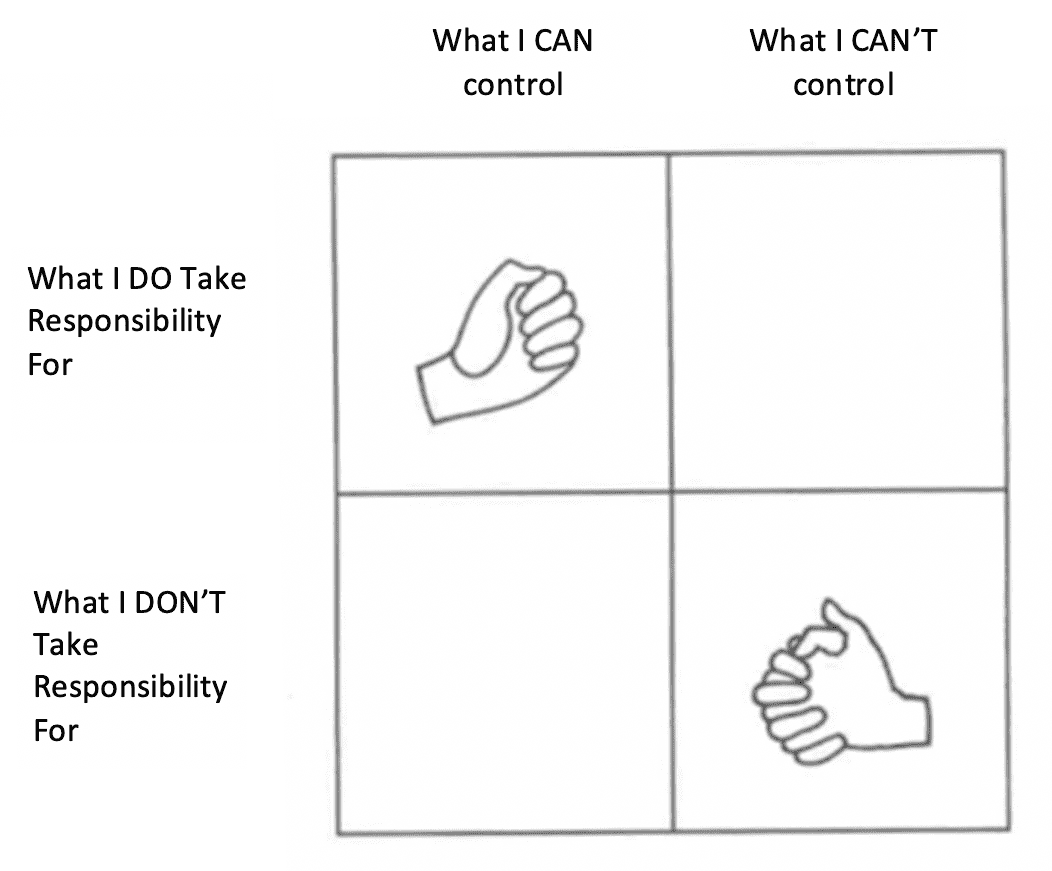
Tom: “I was the one who chose to have an affair. I’ve broken off the relationship and am going to get professional help. I’m so sorry for the hurt I’ve caused you and the damage I’ve done to our marriage.”
Emily: “Thank you.”
Tom is saying, What’s mine is mine; I have done this — I own it. And it’s important to note that his HOLD-ing style is not just with words; he is acting in a responsible way. His wrongful actions damaged his relationship with Emily, and he’s choosing to do everything needed to get help for himself and the marriage. Emily responds in a self-controlled way by saying, Yes, what’s yours is yours.
The tension between them is relieved. There is healthy agreement, and the responsibility is solidly in Tom’s hands where it belongs. This is where true healing and restoration can begin. And that’s why HOLD and FOLD is the only dance that’s healthy and that will generate honest communication and safe connectedness.
(NOTE: We’re not trying to give the impression that this is a simple process, even though it’s the healthy road. Recovering from an affair is complex and takes time.)
What’s Your Usual Dance Style?
So, which styles of interacting do you engage in most often? Which styles do your spouse, your adult son or daughter, your parent, or your closest friends use most often with you? And which of the four dances is most common in your relationships?
Remember: The only healthy dance is HOLD and FOLD. If there’s tension in the relationship, one of you is most likely not using a healthy interacting style. Is it you?
If so, talk with a trusted friend or professional therapist about how to get out of the TOSS or GRAB interaction styles. They’re not healthy for you, nor are they helpful for the other person.
On the other hand, if you regularly HOLD and FOLD, good work! Keep it up and lead by example. It’s doable, even in the face of tension and relational turmoil.
Get Help
If you are having trouble relating in a healthy way with someone you care about, call our Counseling department for a free over-the-phone consultation. One of our licensed or pastoral counselors would be happy to point you toward hope and resources. They can also help you find qualified professional Christian counselors closer to home.
*Names have been changed.
Adapted from Losing Control & Liking It, a Focus on the Family book published by Tyndale House Publishers, Inc. Copyright © 2009, Focus on the Family. All rights reserved. International copyright secured.
